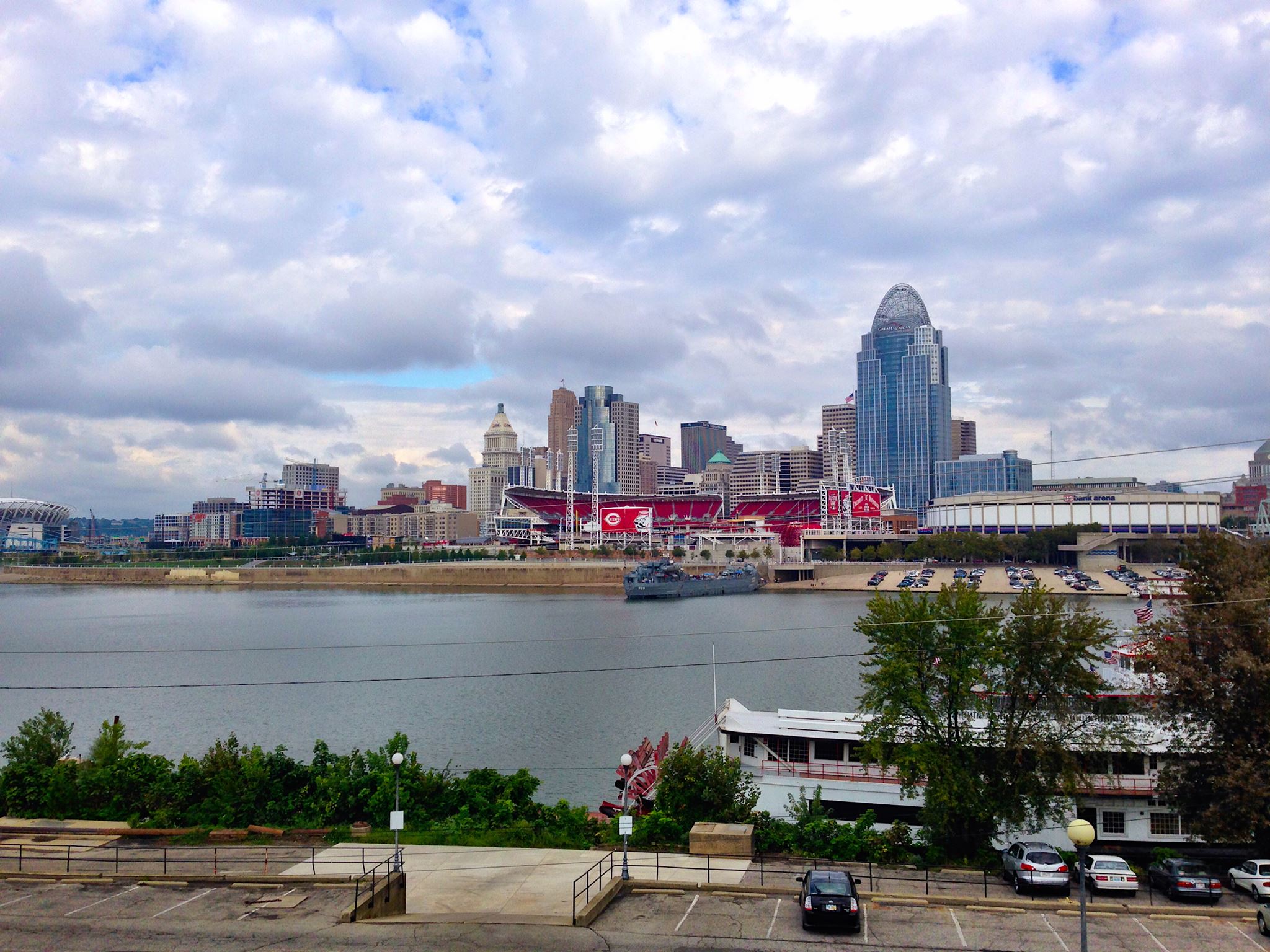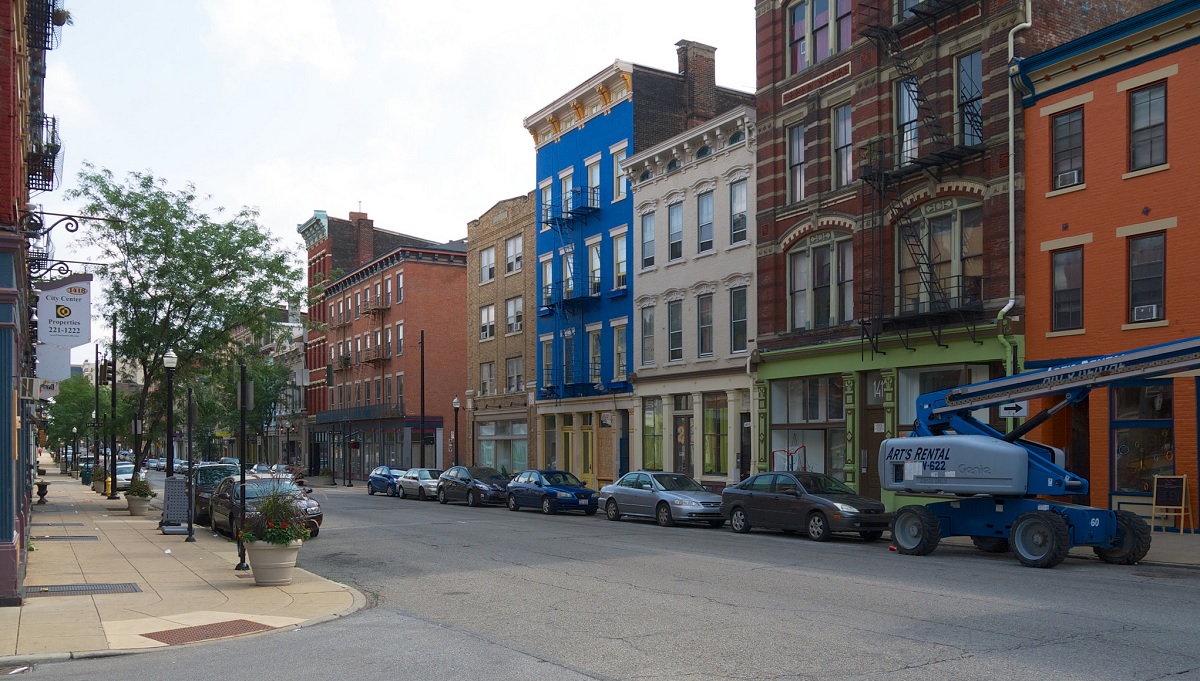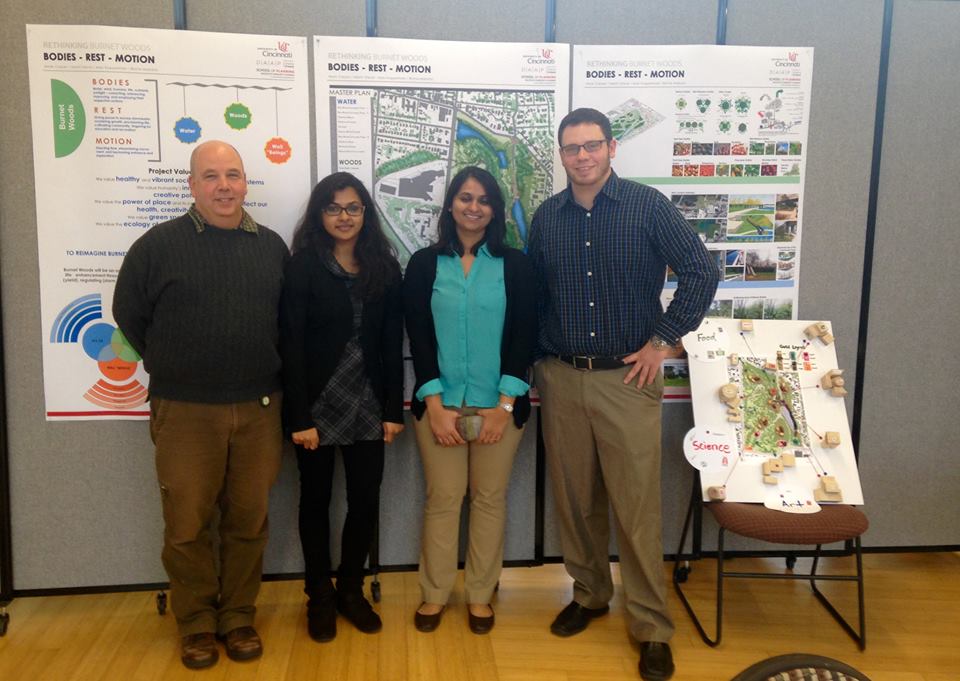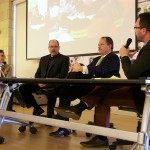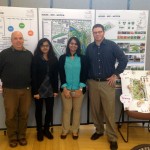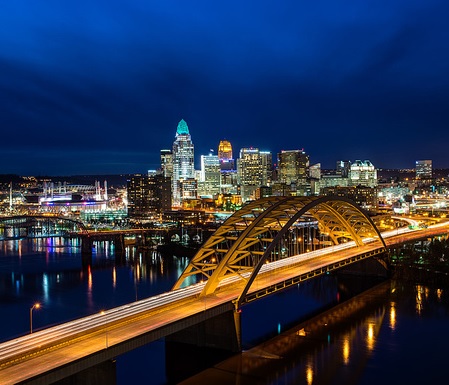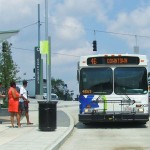Great places are often referenced as places where people gather in urban centers around the world. In Cincinnati places like Fountain Square and Washington Park are often associated as the City’s front lawn or back yard. Streets are often referenced as great places such as Vine Street in Over-the-Rhine (OTR), Hyde Park Square or Madison Avenue in Covington. These places usually already exist, are reclaimed and sometimes created brand new.
Creating great places not only involves understanding what makes places great but also spreading awareness, education and building partnerships to do the hard work of revitalizing and celebrating the urban environment. That is the central mission of the proposed new Midwest chapter of the Congress for New Urbanism.
The group was engaged by the national Congress for New Urbanism (CNU) to create a regional chapter of the organization spanning from western Pennsylvania to central Indiana and from Lake Erie to Lexington Kentucky.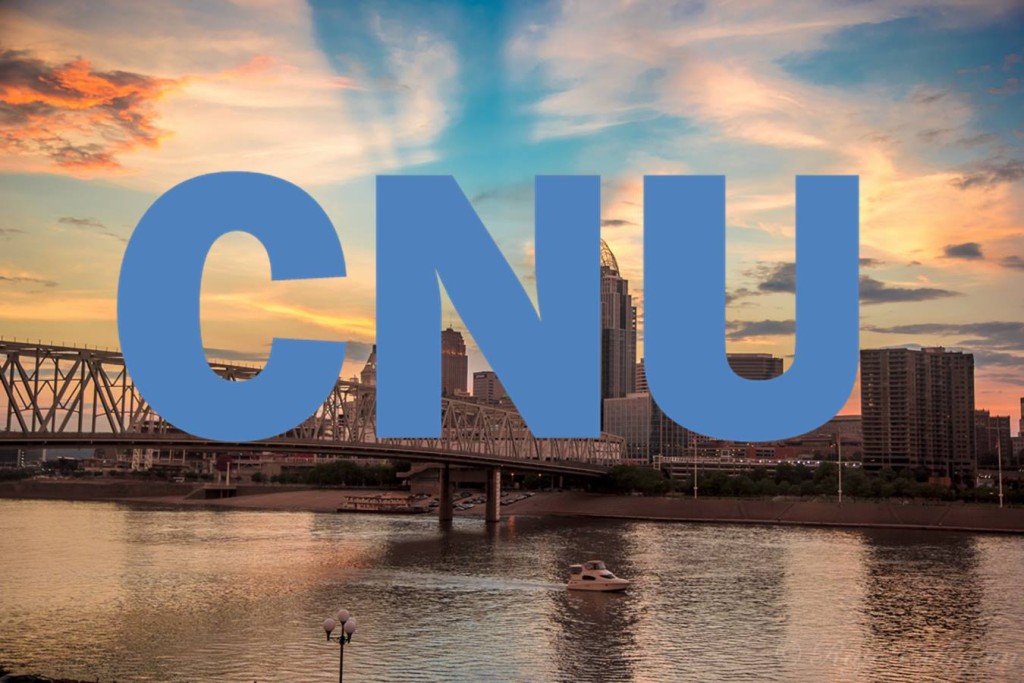
They are having their first event which will be an introductory meeting and happy hour tomorrow May 17, at Graydon on Main in OTR.
CNU-Midwest is working to advance the issues of revitalizing urban neighborhoods in cities and towns across the region. The organization has three central goals including reclaiming public space for people, reactivating and reconnecting vibrant neighborhoods and championing urban development that is enduring, adaptable and human scaled.
“The ultimate goal is the reimagining and repopulation of our urban cores and inner ring neighborhoods,” said Chapter Organizing Committee Chairperson Joe Nickol told UrbanCincy, “Starting at the level of the street and continuing up through the neighborhood, town, city, and region, we encourage the development of great, equitable, urban places where all people can enjoy all aspects of daily life.”
By launching the CNU Midwest Chapter, the group aims to positively influence the dialogue around healthy urban policy and design within Midwestern cities.
This event which is from 5:30pm to 7:30pm is open to the public and will serve as an introduction to the group and networking opportunity for attendees. Anyone interested in participating can sign up here.
Graydon on Main is located at 1421 Main Street in OTR. There is a Cincy Red Bike station across the street and is easily accessible via Metro bus routes #’s 16,17,19,24.
The CNU is a national 501c3 organization which is dedicated to the cause of helping to create and advocate for vibrant and walkable cities, towns, and neighborhoods where people have diverse choices for how they live, work, shop, and get around. CNU’s mission is to help build those places.
UrbanCincy is a media partner for CNU Midwest and a promotional partner for CNU24, the organizations annual Congress which is being held next month in Detroit.
